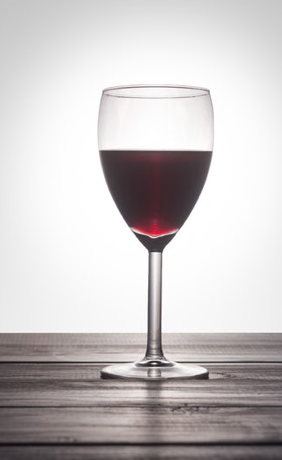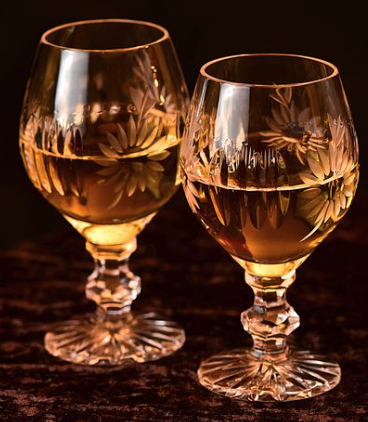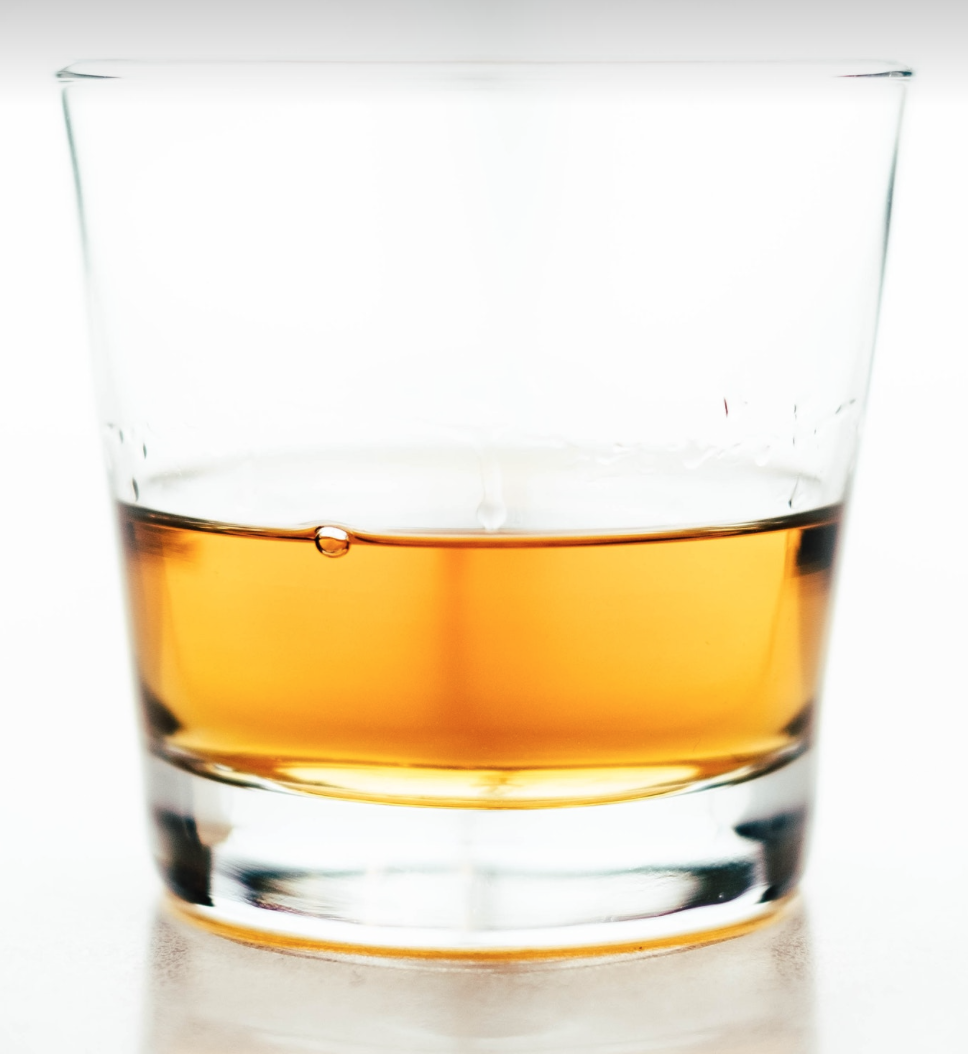by Fred Fuld III
Drinking wine in moderation has been associated with several potential health benefits. However, it’s important to note that these benefits apply to moderate consumption, which typically means up to one drink per day for women and up to two drinks per day for men. Excessive alcohol consumption can have detrimental effects on health. Here are some potential health benefits of moderate wine consumption:
- Heart health: Moderate wine consumption, particularly red wine, has been linked to a reduced risk of heart disease. Red wine contains antioxidants called polyphenols, including resveratrol, which may help protect the heart by increasing levels of “good” HDL cholesterol and preventing damage to blood vessels.
- Antioxidant properties: Wine, especially red wine, contains antioxidants that can help reduce oxidative stress and inflammation in the body. These antioxidants, such as resveratrol and quercetin, have been shown to have potential anti-aging effects and may help protect against certain chronic diseases.
- Blood pressure management: Some studies suggest that moderate wine consumption may help lower blood pressure. The polyphenols in wine could improve blood vessel function and promote better blood flow, which in turn can help reduce hypertension risk.
- Reduced risk of certain cancers: Some research has found that moderate wine consumption, particularly red wine, may be associated with a lower risk of certain cancers, such as colon, prostate, and breast cancer. However, it’s important to note that excessive alcohol consumption can increase the risk of developing certain types of cancers, so moderation is key.
- Improved cognitive function: Some studies have suggested that moderate wine consumption, especially red wine, may have a protective effect on cognitive function and reduce the risk of neurodegenerative diseases like Alzheimer’s and Parkinson’s disease. The antioxidants in wine may help reduce inflammation and oxidative stress, which are believed to contribute to these conditions.
If you are looking to invest in the wine and vineyard industry, there are a few stocks to choose from.
The Duckhorn Portfolio (NAPA) is a collection of luxury wineries based in the United States. Founded in 1976 by Dan and Margaret Duckhorn, the company started with Duckhorn Vineyards in Napa Valley, California, where they initially focused on producing high-quality Merlot wines. Over the years, The Duckhorn Portfolio expanded through acquisitions and vineyard development, encompassing several distinct wineries known for their exceptional wines.
Duckhorn Vineyards, the flagship winery, is renowned for its elegant Merlot and other Bordeaux varietals. Paraduxx specializes in Napa Valley red blends, combining traditional Bordeaux varieties with Zinfandel to create robust wines. Goldeneye, located in California’s Anderson Valley, focuses on crafting outstanding Pinot Noir from cool-climate vineyards. Migration sources grapes from California’s finest cool-climate regions to produce Chardonnay and Pinot Noir wines that reflect their terroir. Canvasback, situated in Washington State’s Red Mountain AVA, is dedicated to premium Cabernet Sauvignon production. Additionally, the acquisition of Calera Vineyards in 2017 added exceptional Pinot Noir and Chardonnay wines from California’s Central Coast to their portfolio.
The Duckhorn Portfolio follows a wine philosophy centered on showcasing the unique character and terroir of each vineyard site. They prioritize meticulous vineyard management, sustainable farming practices, and artisan winemaking techniques to produce wines of exceptional quality and expression. Sustainability is an important focus for the company, and they strive to minimize their environmental impact through initiatives such as water conservation, energy efficiency, and biodiversity preservation.
The wines produced by The Duckhorn Portfolio have garnered numerous accolades and high ratings from critics and wine enthusiasts, solidifying their reputation as a producer of premium wines.
This, $1.46 billion market cap company trades at 25 times trailing earnings and 18 times forward earnings. Quarterly earnings growth year-over-year was 7.8%, with an estimated long term annual growth of 8.1% over the next five years.
Vintage Wine Estates (VWE) is a wine company that operates multiple wineries and vineyards throughout the United States. With a diverse portfolio of wine brands, Vintage Wine Estates is committed to producing high-quality wines from various wine regions. The company focuses on crafting wines that showcase the unique characteristics of each vineyard site and emphasizes sustainable farming practices and artisanal winemaking techniques.
Vintage Wine Estates owns and operates several well-known wineries, including B.R. Cohn Winery in Sonoma Valley, California, which produces premium wines from estate vineyards. The company also owns Girard Winery in Napa Valley, known for its Bordeaux varietals, and Cosentino Winery in Napa Valley and Lodi, specializing in small-lot, handcrafted wines.
In addition to its California wineries, Vintage Wine Estates has expanded its reach to Oregon’s Willamette Valley with its brand Firesteed Cellars, which focuses on cool-climate varietals like Pinot Noir. The company also owns properties in Washington State, such as the Owen Roe Winery in the Yakima Valley, which produces wines reflecting the unique terroir of the region.
Vintage Wine Estates takes pride in its commitment to sustainability and environmental stewardship. They implement sustainable practices in their vineyards, including water conservation, soil health management, and biodiversity preservation. The company’s goal is to create a positive impact on the environment while producing exceptional wines.
The company has an extremely low market cap at $53 million, and should therefore be considered extremely speculative. The company has been generating negative earnings, although it does have a very favorable price to sales ratio of 0.18 and is selling at 26% of book value.
Willamette Valley Vineyards (WVVI) is a prominent winery located in the heart of Oregon’s Willamette Valley. Founded in 1983 by Jim Bernau, the company has become known for its exceptional wines and commitment to sustainable and environmentally-friendly practices. Willamette Valley Vineyards focuses primarily on producing cool-climate varietals, with a particular emphasis on Pinot Noir.
The winery owns and operates several estate vineyards, strategically located in various sub-appellations within the Willamette Valley. These vineyards benefit from the region’s unique climate, which is characterized by cool temperatures, maritime influences, and diverse soils. Willamette Valley Vineyards’ winemaking philosophy revolves around showcasing the distinct terroir of each vineyard site, allowing the grapes to fully express their character and complexity.
Sustainability is at the core of Willamette Valley Vineyards’ operations. The company has achieved certification as both LIVE (Low Input Viticulture and Enology) and Salmon-Safe, demonstrating their commitment to environmentally conscious practices. They utilize renewable energy sources, employ natural pest control methods, implement water conservation measures, and actively support biodiversity in their vineyards.
In addition to their sustainable practices, Willamette Valley Vineyards takes pride in its customer-focused approach. The winery offers a range of tasting experiences and events, including vineyard tours, wine education programs, and a wine club for enthusiasts. They strive to provide visitors with a welcoming and educational environment that enhances their appreciation for Oregon wines.
Over the years, Willamette Valley Vineyards has received numerous accolades and critical acclaim for its wines. Their commitment to quality winemaking, sustainable practices, and their contribution to the Oregon wine industry has earned them a reputation as a leading producer in the region.
This is another extremely speculative low market cap stock at $29 million. The company has been generating negative earnings. The price sales ratio is 0.80 and the price to book is 0.95.
A safer way to invest would be to look at some of the larger companies, such as Brown Forman (BF-B) and Constellation Brands (STZ), which produce wine as a small part of their business.
Disclosure: Author didn’t own any of the above at the time it was written.



